If you feel like you're being controlled by your smartphone, don't feel alone — smartphone addiction is a real thing. So, let's talk about it, and how to deal with it.
We've all done it — we've lost entire days to the siren call of social media or mobile gaming, or even just binge-watching our favorite TV shows. While it's not bad if it happens occasionally, there's a good chance it probably happens more than you'd care to admit.
And unfortunately, that's pretty normal.
Let's discuss the dangers of too much screen time, what constitutes healthy limits, and how to hold yourself accountable.
What the experts say about screen time
For as great as they are, excessive smartphone usage is linked to many negative effects on physical and mental health. This is far from an exhaustive list of detrimental effects that excessive digital device use has on the average person, but it consists of the more well-studied phenomena.
Nearsightedness as an epidemic
Excessive use of screen time has been linked to the development of myopia — or nearsightedness. As it turns out, looking at screens for too long can physically change the structure of the eyeball, causing it to elongate from front to back.
This elongation hinders the eye's ability to properly bend light, which is necessary for sharp vision at a distance.
Some experts believe that by 2050, over 50% of people will have myopia. This is especially true for children whose eyes are more likely to deform with increased screen usage.
Experts suggest that those who use digital devices — especially smartphones — get better at holding the devices further away.
Apple has a setting to help with this, too. Any iPhone with Face ID can automatically remind you to hold the phone at least twelve inches from your face.
To enable this setting, you can follow the instructions below.
How to enable distance reminders
- Open the Settings app
- Tap Screen Time
- Tap Screen Distance
- Toggle on Screen Distance
Now, holding your iPhone closer than 12 inches will cause a full-screen reminder to pop up, reminding you to pull your phone further away from your face. This setting can help reduce eyestrain and reduce the chance of myopia in children.
Chronic dry eyes
In addition to myopia, excessive screen usage causes a significant uptick in chronic dry eye. When we use smartphones and tablets, we blink significantly less, which is a major problem.
Some studies, though somewhat limited, have shown a correlation between excessive smartphone use and dry eye disease.
As it turns out, you need to blink quite a bit. Blinking acts like a windshield wiper that clears away irritants and remoistens the eye and the act of blinking itself signals your body to produce tears in the first place.
So, if you're blinking less, you're producing fewer tears, which can cause your tear glands and tear ducts to atrophy, producing less ocular fluid overall.
Again, the risk is greatest in children, but chronic dry eye is also on the rise in adults.
Smartphone use is detrimental to your mental health
Smartphones haven't been around all that long but are already impacting our mental health. While studies are somewhat nascent, many of them show that increased smartphone use has been strongly correlated with the development of depression, anxiety, and even suicidal ideation.
As Colombia University's Department of Psychiatry has pointed out, a constant stream of notifications and updates can lead to anxiety. This is often called FOMO — or fear of missing out — in younger users. It leads them to believe that they will be left out of cultural and social moments if they do not engage in the same behavior they see on their timeline.
It isn't just fear of missing out, though. It's also an increasing feeling of isolation and inadequacy. It's easy to feel inadequate when you are shown highly manicured Instagram feeds of beautiful vacations, manicured outfits, and smiling faces.
However, it's important to realize that you are being shown something designed to be visually appealing and not realistic.
Smartphone addiction
Smartphones on their own aren't necessarily a bad thing. They help keep us connected to loved ones, enable us to capture special moments with a convenient camera, and keep us safe in dangerous situations.
However, the platforms that have arisen because of them are a different story.
Social media is designed to be addictive by constantly learning what you're more likely to look at and then showing you more of it. That's why your feed will look different from everyone else you know. This is largely done to keep you scrolling and ensure you look at as many ads as possible.
Mobile gaming is another place where addiction is highly relevant. Blind-box or gacha-style games encourage users to spend money on the chance to get rare game items and characters, the same way a scratch-off ticket offers the promise of a cheap windfall.
Similar to scratch-off tickets, it's easy for gamers to spend a lot of money without realizing it, as it's often rationalized as being a relatively inexpensive purchase that a user may make multiple times.
Again, this is most dangerous in people under 25. The prefrontal cortex, the part of the brain responsible for impulse control, isn't fully developed in that age cohort.
It's also especially dangerous to people who have issues with impulse control of any kind. This includes people with substance abuse disorders, mental illnesses like obsessive-compulsive disorder and major depressive disorder, and neurodevelopment disorders like ADHD and autism.
Limiting your screen time use
So, you might be wondering what the next step is. It's important to note that we're not suggesting you go completely off-grid and drop your iPhone, iPad, or computer into the nearest large body of water. We're not even suggesting you delete your X and Instagram accounts.
However, as the saying goes: everything in moderation. Learning to disengage from screens when possible has numerous benefits to your physical and mental health. Sure, it will likely be difficult initially, but it won't always be.
Our first suggestion is to become aware of your current screen time habits. Apple automatically tracks your screen time on your iPhone and iPad. Knowing how much you're using your devices can help you figure out where to go.
To check your screen time on iPhone and iPad, you can open the Settings app, then tap Screen Time.
There you'll see a quick rundown of how often you use your devices, and it might surprise you just how often you use them.
Experts suggest you get two hours of "personal" screen time per day, which isn't limited to just using your phone. That's across all screens — gaming, phones, web browsing, and TV.
If your numbers are particularly high, we suggest starting with a modest decrease. "Cold turkey" is one of the worst ways to break a habit or addiction.
For example, if you have eight hours of personal screen time daily, find out where to set some limits. We suggest limiting time on TikTok, Instagram, Facebook, and X.
How to set screen time limits per app on iPhone and iPad
- Open the Settings app
- Tap Screen Time
- Tap App Limits
- Tap Add Limit
- Tap the category of app you wish to limit
- Tap the app you wish to limit
- Set the time limit you think is reasonable — we suggest a 10-15% decrease at first
- Tap Add
You can also set specific times when all apps, save for the ones you specify, are locked. This is called "downtime."
How to set downtime iPhone and iPad
- Open the Settings app
- Tap Screen Time
- Tap Downtime
- Tap Toggle on downtime
- Set the hours you wish downtime to occur
By default, the Phone app, Messages, and Apple Maps are the only apps enabled during downtime. However, in the Screen Time menu, you can select apps in Always Allowed to be enabled during downtime.
 Amber Neely
Amber Neely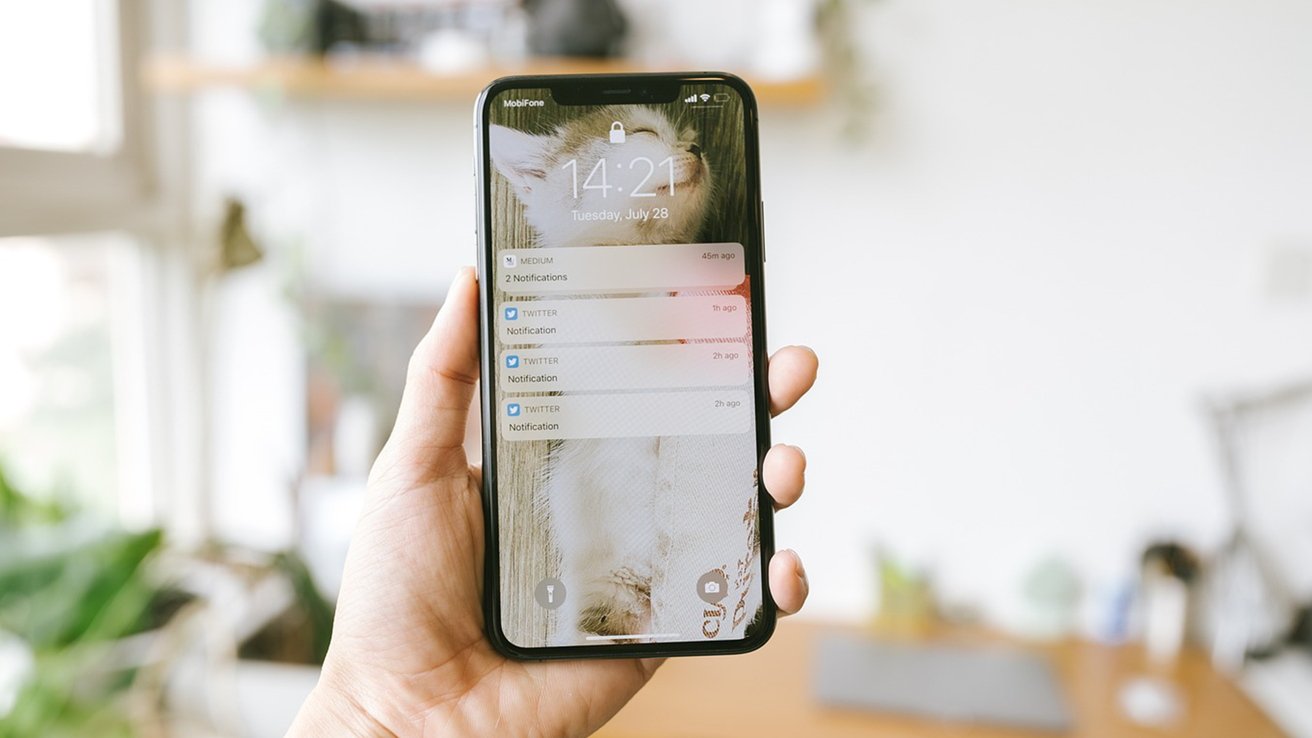











-m.jpg)






 Mike Wuerthele
Mike Wuerthele
 Malcolm Owen
Malcolm Owen


 William Gallagher
William Gallagher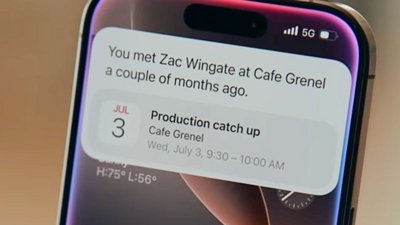
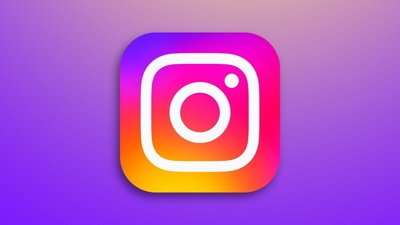
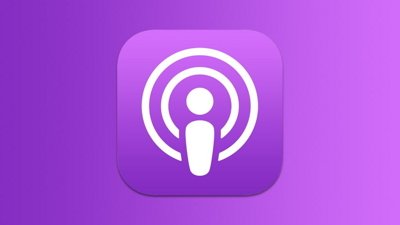

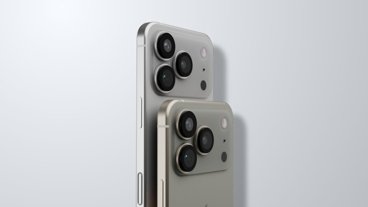
-m.jpg)





21 Comments
Steve Jobs and Bill Gates knew this over a decade ago. Even though they understood it, this was foisted on us anyway.
Profit above all.
Thanks for a well-considered article to remind us of what we're doing to ourselves.
That means my eyesight was made for Smartphones/iPads at birth.....
Addiction typically occurs and continues to take hold because the rest of the affected person suffers from a lack of balance in the rest of their lives:
- happy significant other relationship-if only platonic
- several close friends and acquaintances that know about your life on a weekly basis
- few to no significant health problems; go to the gym, drink less, eat vegetables/ fruit/ pro-biotoics
- happy family and work peer relationships
- financial life in order - living within your means, not above your station, and with future savings in mind
- wide range of varied interests, inside and outside
- life goals not based on comparing yourself to others
2 or more of these not met or not possible - fix first
Easy. peasy. Addictions can't fit into a balanced life.
You can do it all - including maximize the fun and utility in screen time.